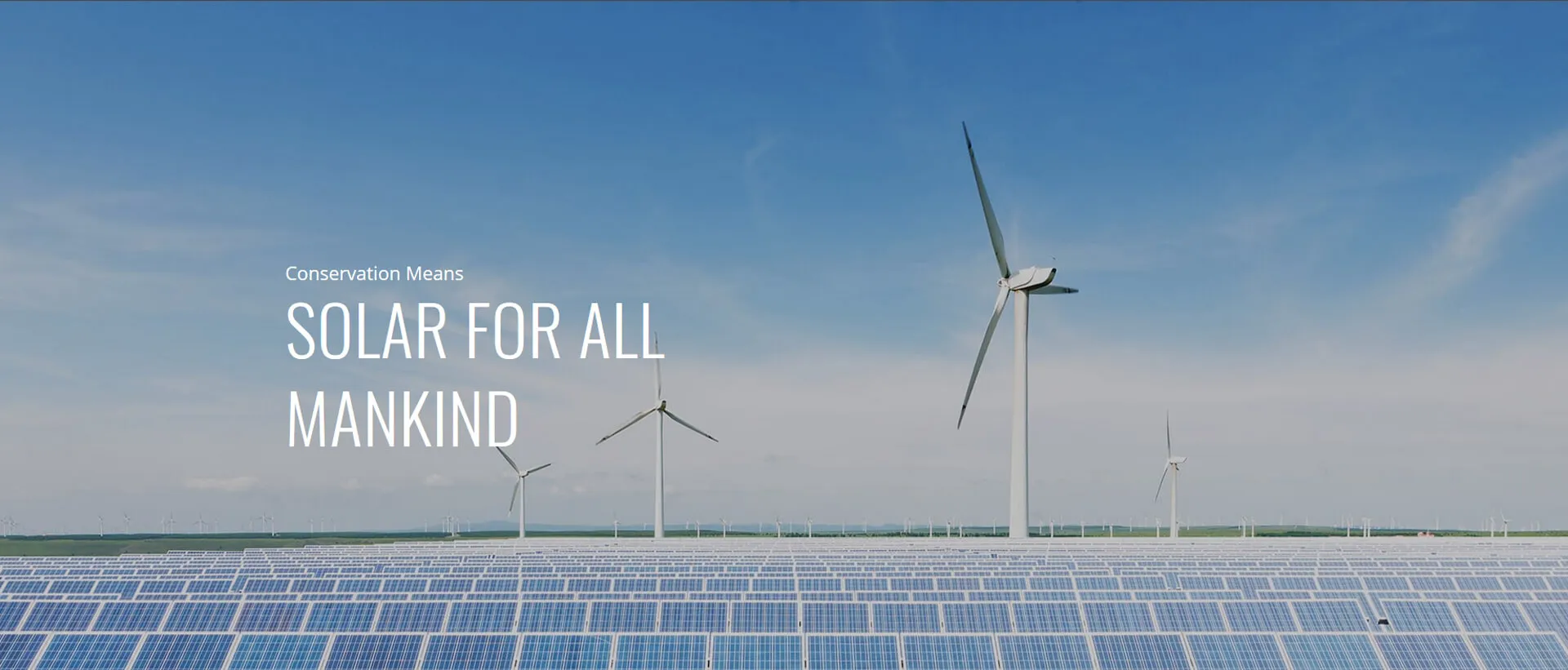Optimal Installation and Performance of a 10kW Grid-Tied Inverter for Efficient Energy Use
Understanding Grid-Tied Inverters A Focus on 10 kW Systems
As the world moves towards renewable energy solutions, solar power continues to emerge as a leading choice for both residential and commercial energy needs. One critical component of any solar energy system is the inverter, which converts the direct current (DC) produced by solar panels into alternating current (AC) that can be fed into the grid or used directly by electrical appliances. This article explores the significance of grid-tied inverters, specifically focusing on 10 kW systems, their advantages, installation considerations, and their role in modern energy management.
What is a Grid-Tied Inverter?
A grid-tied inverter is designed to operate in conjunction with the existing electricity grid. Unlike off-grid systems, which store energy using batteries for later use, grid-tied systems allow for real-time energy exchange. This means that when solar panels generate more electricity than is being consumed, the excess power can be sent back to the grid, effectively spinning the electric meter backward in a process known as net metering. Conversely, when solar production is insufficient, electricity can be drawn from the grid, ensuring a continuous power supply.
Why Choose a 10 kW System?
A 10 kW inverter system is a popular choice for medium-sized residential or small commercial installations. It typically comprises around 30 to 40 solar panels, generating enough electricity to power a household's average energy demands or small business operations. One of the primary benefits of a 10 kW solar system is its balance between cost and output. This capacity is often ideal for homeowners looking to offset their electricity bills significantly, reducing reliance on fossil fuels and contributing to a greener environment.
Advantages of Grid-Tied Inverters
1. Cost-Effectiveness Grid-tied systems are generally less expensive to install compared to their off-grid counterparts, mainly due to the absence of battery storage systems. This initial cost savings is a significant factor for many homeowners and businesses considering solar energy.
3. Lower Maintenance Since grid-tied systems do not rely on batteries, maintenance costs and requirements are reduced. With fewer components to monitor and maintain, homeowners can benefit from a more streamlined system.
inverter on grid 10kw

4. Environmental Benefits By utilizing solar energy, customers reduce their carbon footprint and contribute positively to the environment. Every kilowatt-hour (kWh) generated from solar power is a step towards cleaner air and a sustainable future.
Installation Considerations
When considering the installation of a 10 kW grid-tied inverter system, various factors should be evaluated
- Home Energy Needs An energy audit will help determine the ideal system size based on current and anticipated energy usage.
- Local Regulations Local building codes and regulations regarding solar installations must be understood and adhered to. Incentives or rebates may also vary by region.
- Roof Suitability The orientation, angle, and shading of the roof will affect solar panel performance. A professional assessment can help determine the best placement for maximizing solar gain.
- Grid Connection Coordination with the local utility company is essential to ensure a smooth interconnection process. They can provide information on net metering policies and grid capacity.
Conclusion
A 10 kW grid-tied inverter system serves as an effective gateway to solar energy for many households and small businesses. By leveraging the advantages of lower costs, increased efficiency, and reduced maintenance, these systems are pivotal in fostering a sustainable future. As more individuals recognize the benefits of renewable energy, grid-tied inverters will play an increasingly important role in our energy landscape, contributing to both economic savings and environmental stewardship.
-
Unlocking Energy Freedom with the Off Grid Solar InverterNewsJun.06,2025
-
Unlock More Solar Power with a High-Efficiency Bifacial Solar PanelNewsJun.06,2025
-
Power Your Future with High-Efficiency Monocrystalline Solar PanelsNewsJun.06,2025
-
Next-Gen Solar Power Starts with Micro Solar InvertersNewsJun.06,2025
-
Harnessing Peak Efficiency with the On Grid Solar InverterNewsJun.06,2025
-
Discover Unmatched Efficiency with the Latest String Solar InverterNewsJun.06,2025







